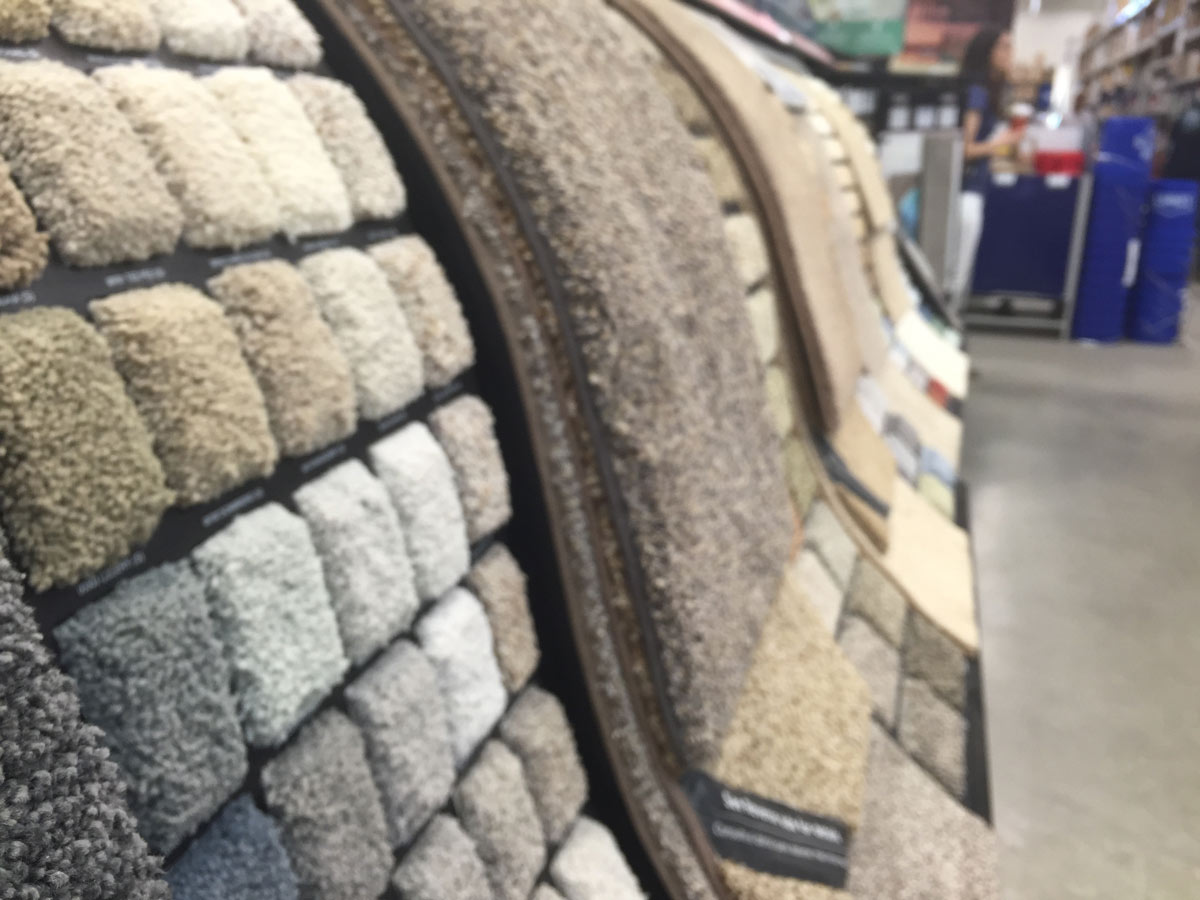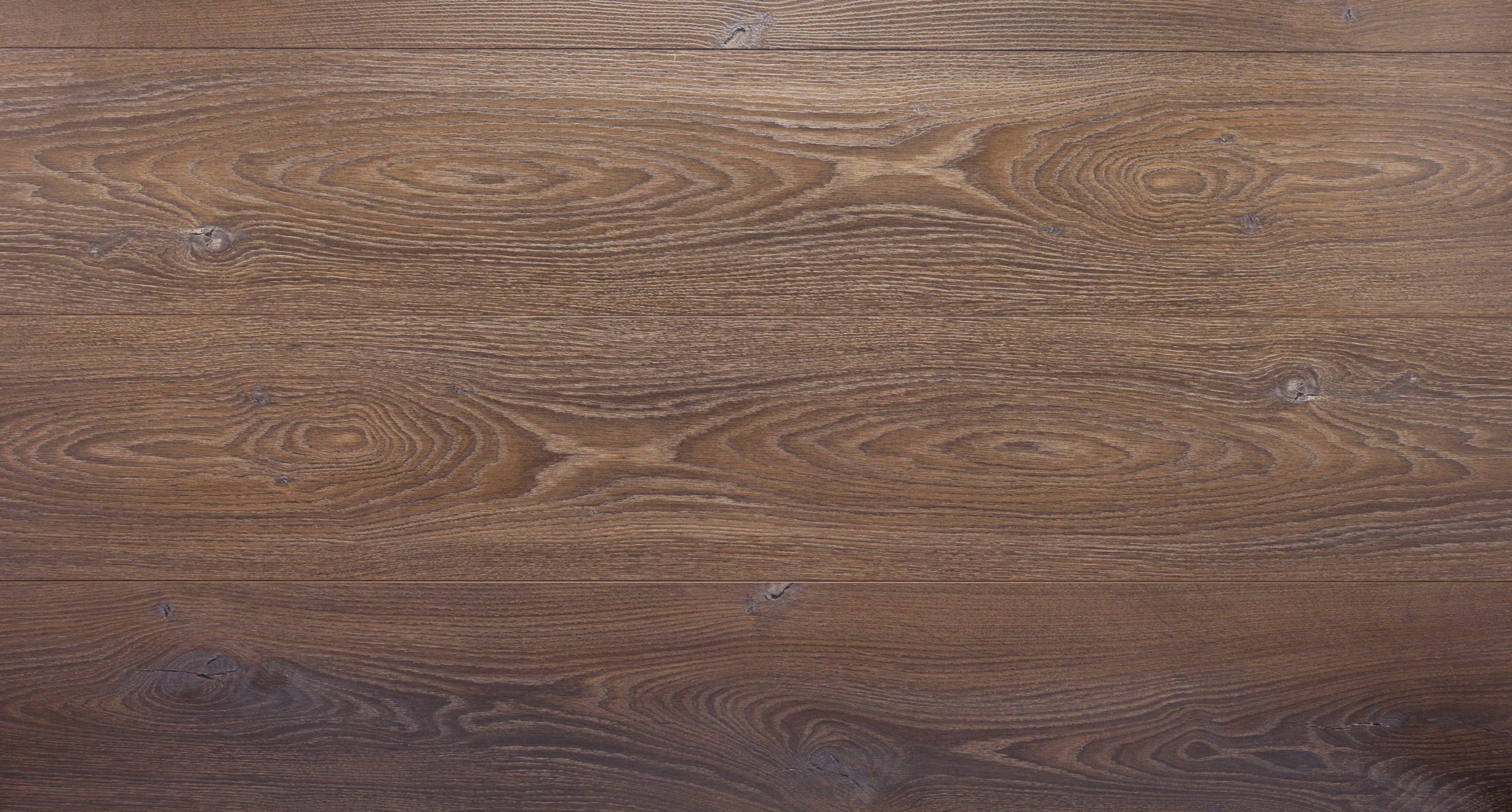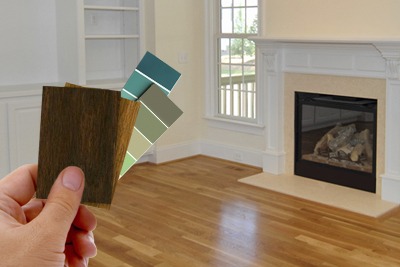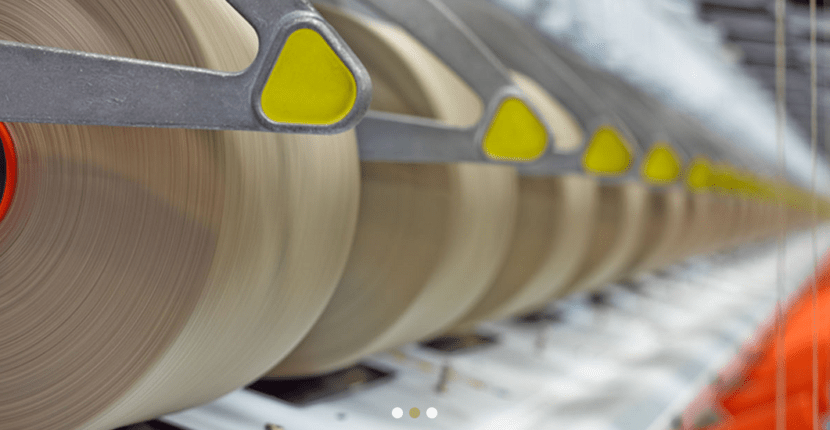Before calling an expensive cleaning service, DIY it with these common household solutions to help wipe out all kinds of tough carpet stains, from red wine to pet urine.
Beer
Getting that coffee or tea stain out of your rug may seem impossible, but you can literally lift it out by pouring a bit of beer right on top. Rub the beer lightly into the material, and the stain should disappear. You may have to repeat the process a couple of times to remove all traces of the stain.
Ammonia
Lift out stains from carpeting and upholstery by sponging them with a solution of 1 cup clear ammonia in 1/2 gallon (2 liters) warm water. Let dry thoroughly, and repeat if needed.
Vinegar
Vinegar is the superhero of stain removal. Try these different homemade formulas to remove a variety of common stains:
- Rub light carpet stains with a mixture of 2 tablespoons salt dissolved in 1/2 cup white vinegar. Let the solution dry, then vacuum.
- For larger or darker stains, add 2 tablespoons borax to the mixture and use in the same way.
- For tough, ground-in dirt and other stains, make a paste of 1 tablespoon vinegar with 1 tablespoon cornstarch, and rub it into the stain using a dry cloth. Let it set for two days, then vacuum.
- For spilled paint, use a solution of 1 1/2 teaspoons vinegar, 1 1/2 teaspoons laundry detergent, and two cups water, sponge away the paint before it sets in and rinse with cold water.
- For fruit and fruit juice stains, mix 1 tablespoon laundry detergent with 1 1/2 tablespoons white vinegar and combine with two cups of water. Work the solution into the stain and blot.
- For coffee and tea stains, combine equal parts white vinegar and water and blot the stain.
Shaving Cream
Your little one is very sorry for spilling a little juice on the carpet, so make it “all better” with some shaving cream on the spot. Blot the stain, pat it with a wet sponge, squirt some shaving cream on it, and then wipe clean with a damp sponge. Shaving cream also works great on grease and oil stains; simply work the cream into the stain, let dry, and rub off with a damp soft cloth.
Cornstarch
Oh no, ink on the carpet! In this case a little spilt milk might save you from crying. Mix the milk with cornstarch to make a paste. Apply the paste to the ink stain. Allow the homemade concoction to dry on the carpet for a few hours, then brush off the dried residue and vacuum it up. Cornstarch is also great for soaking up grease and oil stains. Sprinkle the spots liberally, let sit for several hours, and vacuum up.
Salt
Don’t panic if you spill red wine on your white carpet. While the red wine is still wet, pour some white wine on it to dilute the color. Then clean the spot with a sponge and cold water. Sprinkle the area with salt and wait about 10 minutes. Now vacuum up the whole mess. For greasy food stains on carpet, mix up 1 part salt to 4 parts rubbing alcohol and rub it hard on the grease stain, being careful to rub in the direction of the rug’s natural nap. Ketchup spill on your carpet? Act fast because once this one dries, it will be nearly impossible to get out. Sprinkle salt over the spill, let sit for a few minutes, and vacuum. Sponge up any residue and continue salting and vacuuming until the stain is completely gone.
Borax
Thoroughly dampen the stained area, then rub in some borax. Let the area dry, then vacuum or blot it with a solution of equal parts vinegar and soapy water and let dry. Repeat if necessary. Don’t forget to first test this DIY remover on an inconspicuous corner of the rug or on a carpet scrap before applying it to the stain.
WD-40
Don’t let ink or other stains ruin your fine carpet. Spray the stain with WD-40, wait a minute or two, and then use your regular carpet cleaner or gently cleanse with a sponge and warm, soapy water. Continue until the stain is completely gone.
Hydrogen Peroxide
Can’t tell what that stain is? Still want to remove it? Try this sure-fire homemade remover: Mix a teaspoon of 3 percent hydrogen peroxide with a little cream of tartar or a dab of non-gel toothpaste. Rub the paste on the stain with a soft cloth. Rinse. The stain, whatever it was, should be gone.
Baking Soda
Baking soda is your best choice to quickly clean vomit or urine stains from your carpet. Wipe up what you can, then pour baking soda over the affected area and pat with a paper towel. Let the homemade mixture dry completely before vacuuming up the residue. Baking soda will clean, sanitize, and deodorize the messy spot. Baking soda can also be used to lift grease stains when combined with equal parts salt. Sprinkle the mixture over the grease spot, and use a stiff brush to work the powdery concoction into the spot. Let sit for 4 or 5 hours and then vacuum up to completely remove the stain.
Meat Tenderizer
Scraped knees leave blood stains on your carpet? Cover the stain with equal parts cold water and meat tenderizer and let this homemade remover stand for 30 minutes. Sponge off with cold water.
Club Soda
Club soda works wonders on pet urine and other tough stains. Immediately blot up excess urine with paper towels; then soak with club soda; blot again; and scrub with diluted carpet shampoo. Club soda also removes spilled coffee and tea stains; simply pour liberally over the stain and blot to dry.
Baby Wipes
Use baby wipes to blot up spills from your rug or carpet; it absorbs both the liquid and the stain. Wipes can also be effectively deployed as a homemade stain remover when attacking various spills and drips on your clothing and upholstered furniture.
Toothbrushes
Removing a stain can be a pain, especially one that has soaked deep down into soft fibers. To remove those deep stains, try using a soft-bristled nylon toothbrush, dabbing it gently to work in the stain-removing agent (bleach or vinegar, for example) until the stain is gone.
Ice Cubes
Chewing gum somehow end up stuck to the fibers of your carpet? Freeze the gum first with ice cubes in a plastic bag, then scrape with a butter knife and blot with trichloroethylene, a dry-cleaning fluid.
Dry-Cleaning Fluid
Dry-cleaning fluid is excellent at removing grease, lipstick, butter, and mysterious oily fingerprints. Blot up excess oil with a paper towel, and then work the fluid into the stain, moving from the edges to the center.
Paint Remover
For spilled nail polish, paint, or leaked ink, dab gently with paint remover. If that fails, try dabbing with dry-cleaning fluid.
Information Shared from: reader’s digest








